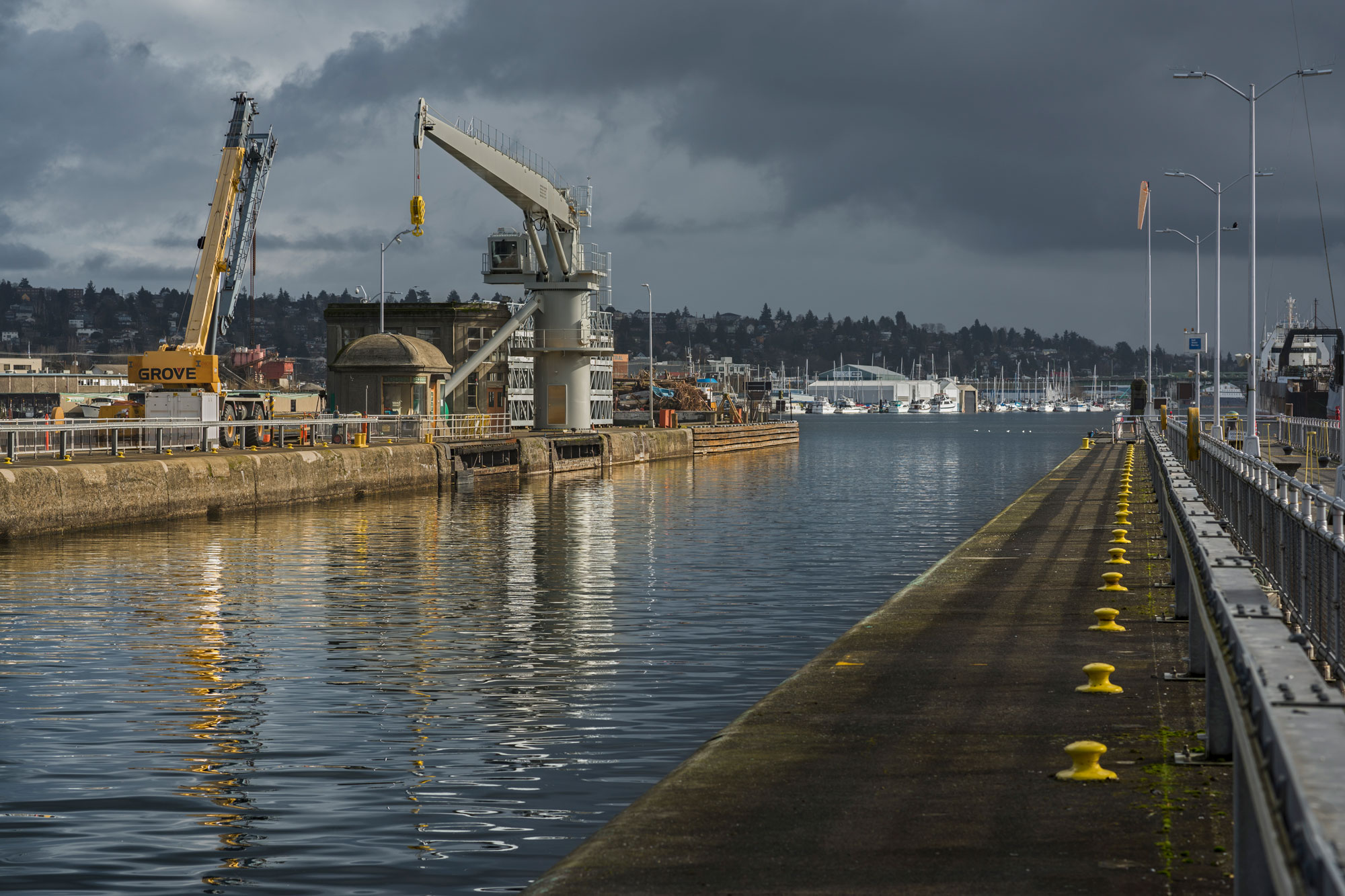Table of Contents
Types of Dredging
Dredging serves as a pivotal activity in maintaining water bodies and ensuring safe navigation. Delving into its nuances, we explore various dredging types and delve into the legal landscape governing these operations. Read on to grasp the essentials of dredging techniques and compliance requirements.
- Hydraulic Dredging: Employing water jets to loosen sediment, this method facilitates pumping the material elsewhere for disposal or reuse.
- Mechanical Dredging: Utilizing excavating machinery like dredges or clamshells, this technique physically removes sediment from water bodies.
- Cutter Suction Dredging: Incorporating a cutter head and suction pipe, this approach cuts and extracts sediment before pumping.
- Bucket Dredging: Utilizing cranes or excavators with buckets, this method scoops sediment from water bottoms.
- Environmental Dredging: Focused on eliminating contaminated sediments, this type enhances water quality and ecosystem vitality.
- Maintenance Dredging: Regular removal of sediment to uphold navigational channels, harbors, and ports constitutes maintenance dredging.
Laws and Regulations for Dredging
Navigating legal frameworks is crucial when undertaking dredging activities. Here are key considerations:
- Environmental Protection Laws: Compliance with regulations to safeguard ecosystems, wildlife, and water quality is paramount.
- Navigation and Maritime Laws: Adherence to laws ensuring navigable and safe waterways is mandatory.
- Permitting Requirements: Securing permits from relevant government bodies is necessary for dredging operations.
- Disposal Regulations: Proper containment, treatment, or disposal of dredged material is mandated to minimize environmental harm.
- Cultural Heritage Protection: Dredging in historically or culturally significant areas necessitates adherence to heritage protection laws.
- Public Consultation and Stakeholder Engagement: Inclusion of public and stakeholder feedback in the permitting process enhances transparency and community involvement.
- Compliance and Monitoring: Ongoing monitoring and compliance checks are essential to ensure adherence to regulations throughout dredging projects.
Navigating the complex regulatory landscape surrounding dredging endeavors demands meticulous attention to legal requirements. Consulting with regulatory authorities and environmental experts is imperative to ensure compliance and minimize adverse impacts.
